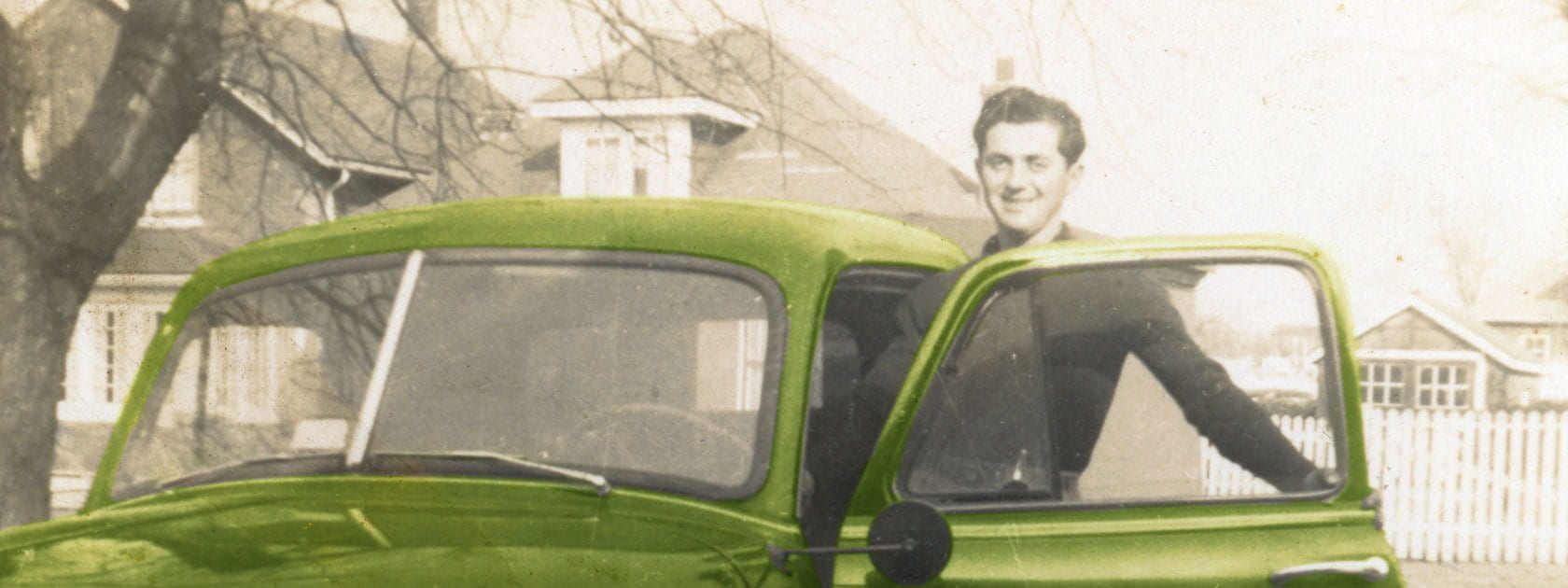written by Kelly Hughes
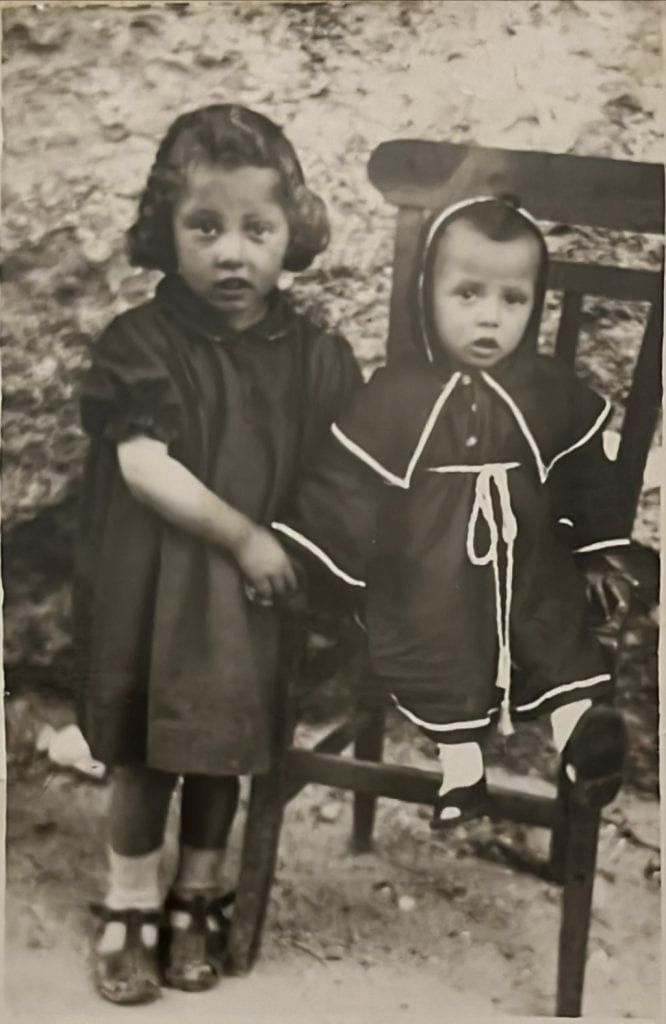
Table of Contents
Introduction
Although I am not of Italian heritage, I grew up in communities where I was regularly exposed to Italian people and culture. Most of my high school friends were from Italian families, and I felt the influence of Italian culture throughout my life.
On October 5th, 2023, I was welcomed into the home of Maria Naccarato, the mother of my friend Franco, for an interview about her immigration to Canada as a young girl, and her life in Canada. Franco joined in our discussion too and shared his experiences as a first generation Italian Canadian. Maria came from the small town of Altilia in Calabria and travelled by boat with her mother and younger brother, arriving in Halifax in 1954.
Maria generously shared not only her oral history but also many photographs and memorabilia. I knew as soon as she brought out her 5+ photo albums, each many inches thick, that there would be many stories of the supportive branches of Maria’s family, many of whom eventually joined her in Canada. Having recently lost her husband Genio, who immigrated from a town only 2 kilometers from Altilia, this experience was very positive for Maria and her son to reminisce about him together, and document some of their story.
Project Methods
This project consists of several parts. The first is the oral-history interview, which was filmed, edited to remove long gaps, and is transcribed here. This semi-structured interview started with a set of pre-determined questions with some additional follow-up questions to add more to the story. We did a lot of chatting in between, and this too has been edited out. The original, full-length unedited interview will be preserved in the University of Guelph archives.
The photos and artefacts Maria shared were used to create an informative textual and visual poster project, illustrating and preserving Maria’s personal story. The final components are a written analysis of this oral history and accompanying documentation to provide historical context and exemplify some of the larger themes of the Italian Canadian immigration experience. In this way, the events of the past connect with the lived experiences of actual people, like Maria and Franco. All these pieces form my contribution to Italian Communities in Canada: Heritage, Cultural and Ethnographic Studies.
A Casa Di Maria: A video interview at the home of Maria Naccarato and her son, Franco.
Interview Transcript
Childhood Perspectives on Immigration and Italian Identity
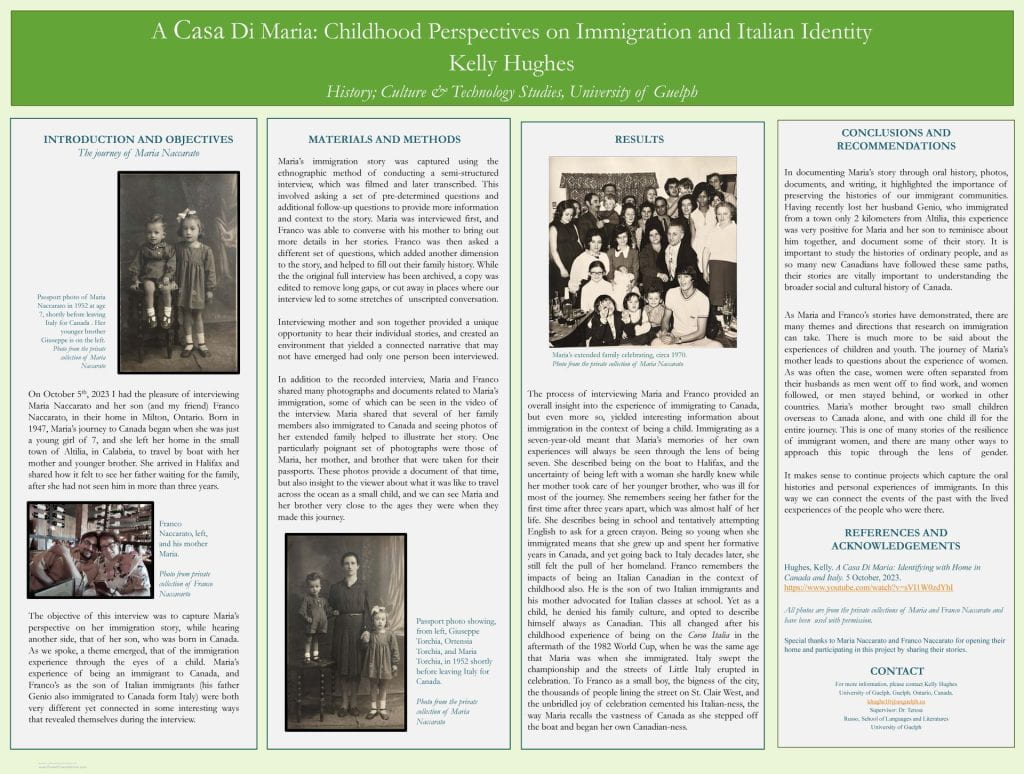
Analysis
During the process of conducting this interview, it was striking to recognize, in Maria and Franco’s stories, some of the overarching themes of the Italian immigrant experience we have studied by reading scholarly discourse and examining cultural writing, poetry, film, music, and primary source products of popular culture. A common thread has been resilience, particularly in the face of family separation that occurred in Italian families for many reasons, including the internment of Italian men during World War 2, because it was necessary for families to separate to find work, or because they arrived in the country at different times, as was the case in Maria’s story. What also comes through is the sense that, however personal a narrative is, the Italian immigration experience is very much a collective one. The forming of Italian clubs, communities and networks offered comfort, support, and familiarity in their new country. Franco’s experience of feeling Italian for the first time on St. Clair after the 1982 World Cup was a powerful example of how Italian-Canadians find meaning and forge a sense of identity through shared spaces and experiences. We did not discuss the reasons why Franco at first denied being Italian, however there has been no shortage in English-speaking countries of what migration and ethnic studies scholar Robert F. Harney has described as Italophobia. Franco’s reckoning with his own “Italian-ness” reiterates the questioning – and sometimes the denial – of cultural identity experienced by immigrants in response to bigotry and stereotypes.
When I asked Maria if she had come up against any barriers in Canada, she stated she had not, yet quickly added that her father had some early and set everything up for them, including finding them a home in an Italian community that her mother opened to other Italian immigrants. This speaks to the social buttressing whereby Italians created supportive environments for other Italians, and in Maria’s case, resulted in her feelings of security in her new home. These arrangements fostered a community of closeness that led her to meet and marry Genio, who at one point boarded in their home.
A duality of identity was apparent in Maria’s story of feeling intense loyalty to Canada as “home,” and simultaneously feeling the pull of her homeland, even though it had been 50 years since she had left Italy. That same pull may explain Franco’s epiphany of identity: being born in Canada did not obfuscate the emotional reaction to displays of Italian pride. “This,” he declared, “was my moment,” the place he became an Italian-Canadian. One can imagine too, that Italians’ contributions to built environments could foster a sense of pride and accomplishment in their new country. Working the railroad, or in the coal mines, as Maria’s family did, meant that every time a train ran its route, or someone cooked a meal on their stove, there was an Italian behind this work, and witnessing daily the products of their own labour.
Resilience, pride, loyalty, identity; these are the common themes that turned up throughout this interview, and in much of what we have studied and read so far about the Italian immigrant experience. Maria and Franco’s stories demonstrate how their very different but connected experiences as an Italian-Canadian, and a Canadian-Italian straddle these themes in both similar and contrasting ways. This is exemplified in the stories of how Mother and Son approached language in relation to their identity: Maria as a child in her new country was eager to try out her English and ask for the green she needed to colour; Franco as an adult visiting Italy, jumping in and speaking a “child-like” Italian with his cousins. Their experiences were so similar, yet when inverted, each held a different meaning. For Maria, speaking English was a push toward her new life in Canada; for Franco, Speaking Italian brought him a step closer to his history as the son of Italian immigrants.
Reflection
As a person with a French/English background, the story of my family’s immigration to Canada has outlived the people who experienced it. I am the third generation to be born in Canada, and for me, the stories of my family’s immigration exist only in a long-ago past. I will never have then opportunity to sit down with them and ask what it was like? What were your first impressions of Canada? I feel fortunate to have had the opportunity to hear Maria’s immigration story. It helps me imagine the feeling of living my entire life with a tie to another country across the ocean. Whereas my life has been on a continuum, for immigrants, there must be a temporal split, a sense of a before time and after time, old home and new. This project has allowed me to really consider how different our experiences are, and the things that I take for granted, such as speaking the language, having several generations of family close by, and growing up with an understanding of the society I live in, and its rules and customs.
The interview experience is one I have had before, working on other oral-history projects, but I have never interviewed someone in their own home. I was expecting to go in, ask the questions, and be on my way. Sitting in Maria’s dining room, we drank espresso and browsed through photo albums. I was welcomed into a very warm and personal discussion, often punctuated with laughter, some moving anecdotes, and a willingness for Maria and Franco to share their family life with me. I imagine that being a part of the tightly knit, supportive Italian community that helped new arrivals feel at home must be a lot like this. Maria’s mother must have welcomed boarders into her home in much the same way I was welcomed. I went home with the interview, but also an invite to come back for meatballs, a jar of the best Concord grape jam I’ve ever tasted, and two bags of produce from Maria’s garden. I learned that in Italian culture, there are no strangers, only people who have yet to become friends.
As a future historian, doing work in oral history has provided a much difference experience than that which comes from reading books or papers. The process itself, of interviewing and recording forces you to really listen, because the moment in time to hear the story is finite. This experience helped to bridge that gap between biography and history and consider how true-life examples can support historical narratives, offer a different perspective, or even debunk them altogether. This project allows us to explore a historical topic from the point of view of those who lived it, and for me, this will encourage me to ask deeper questions of sources, and approach them more critically. I’ve also opened my mind to the idea of serendipity, and the idea that you may go into an interview with set questions but come away with something completely unplanned.
Gallery


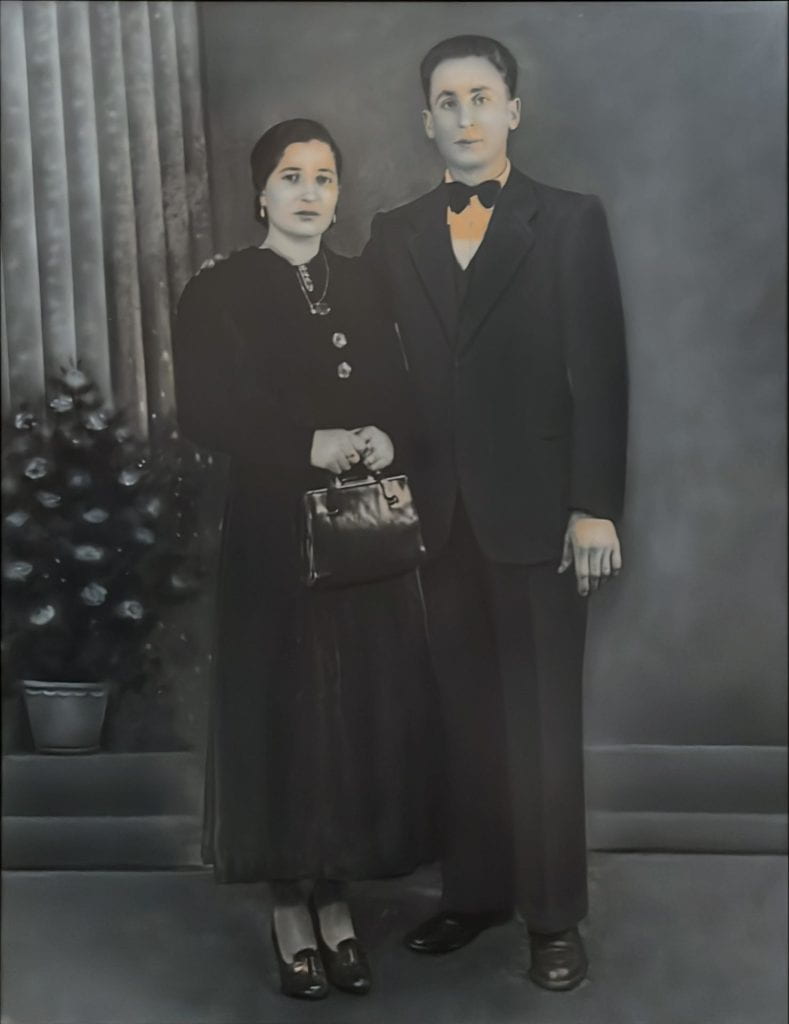
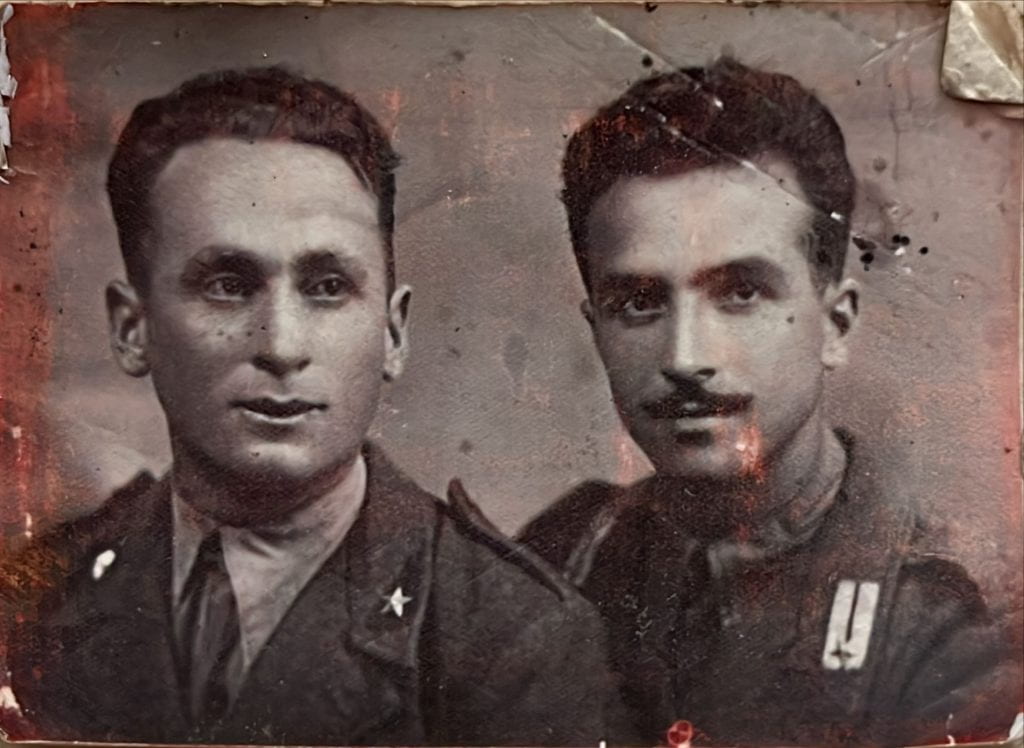
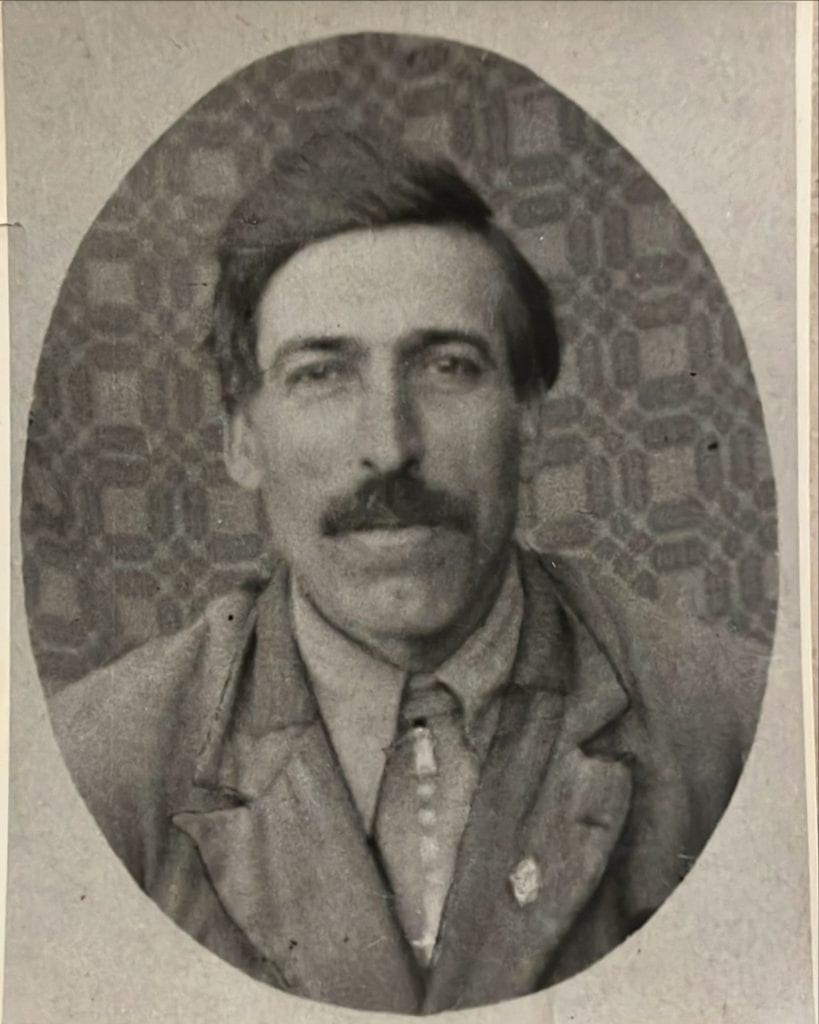
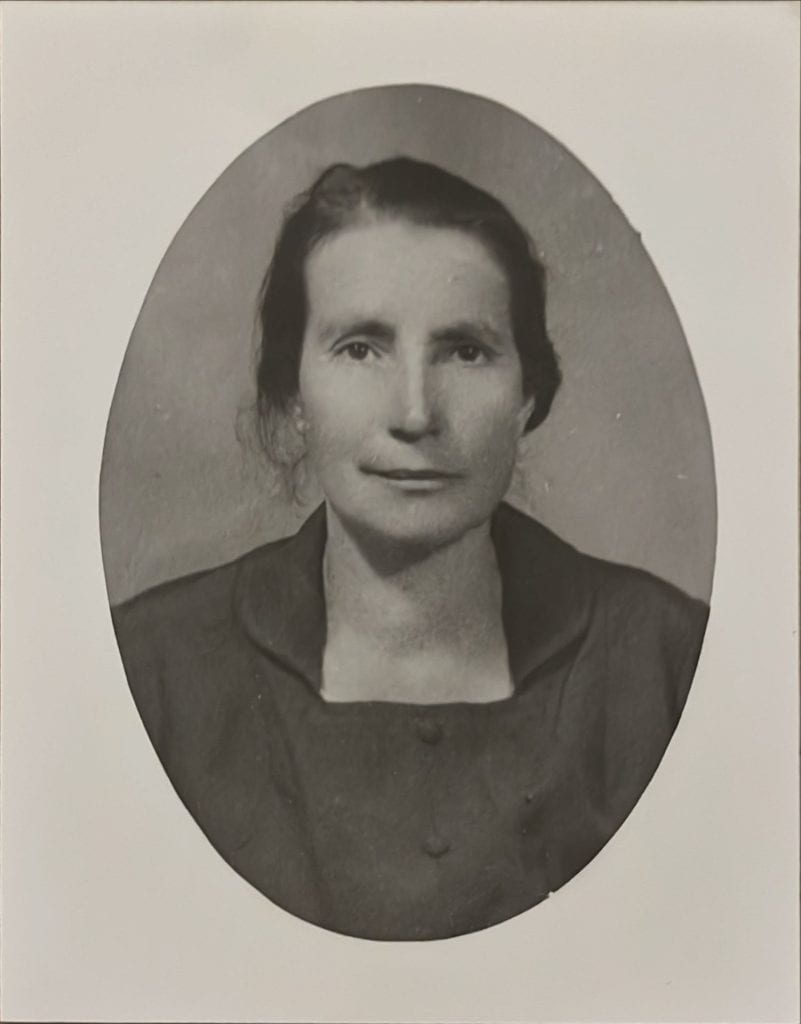
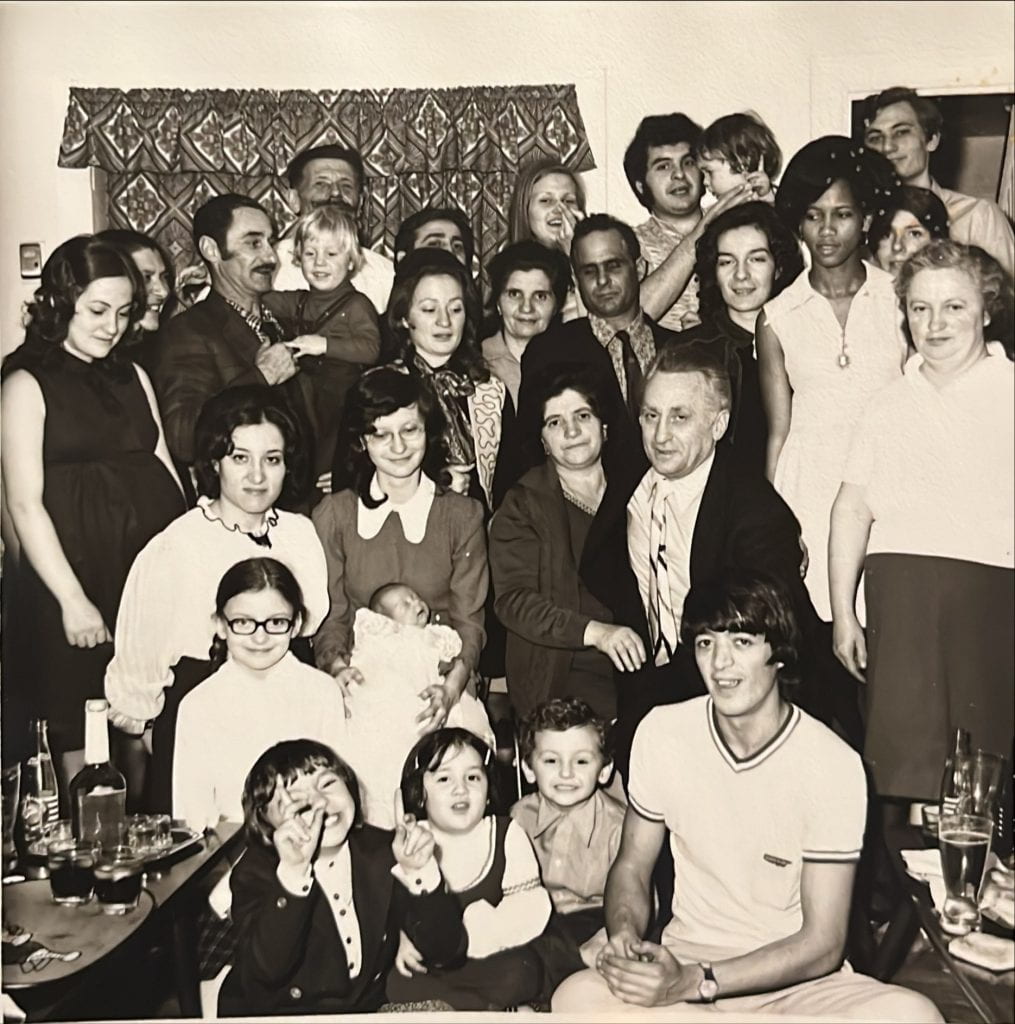
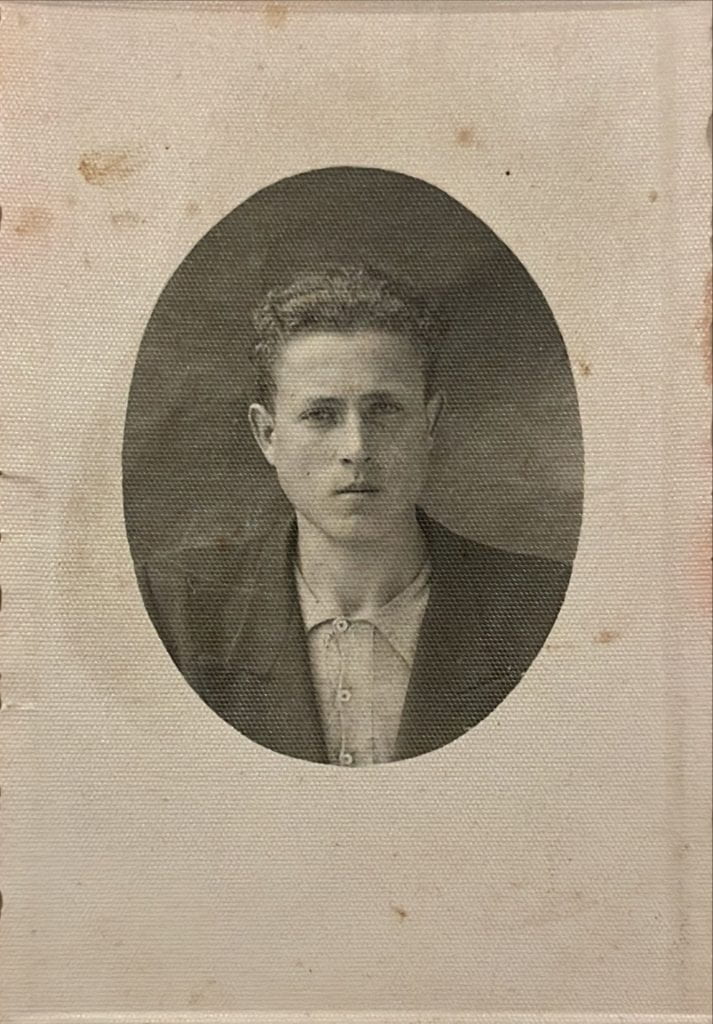
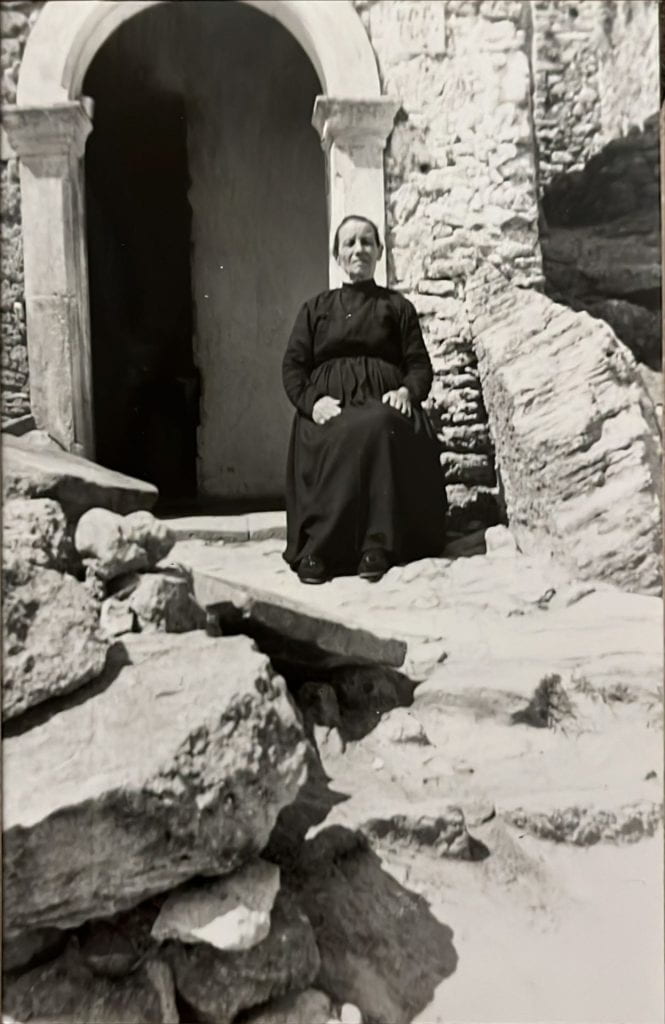
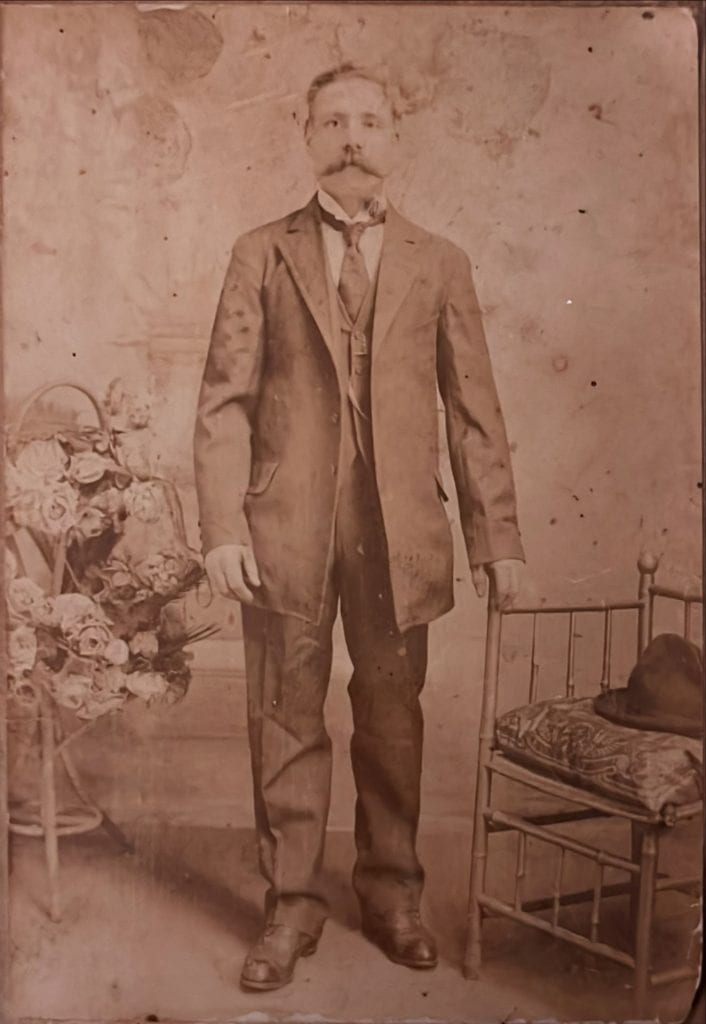
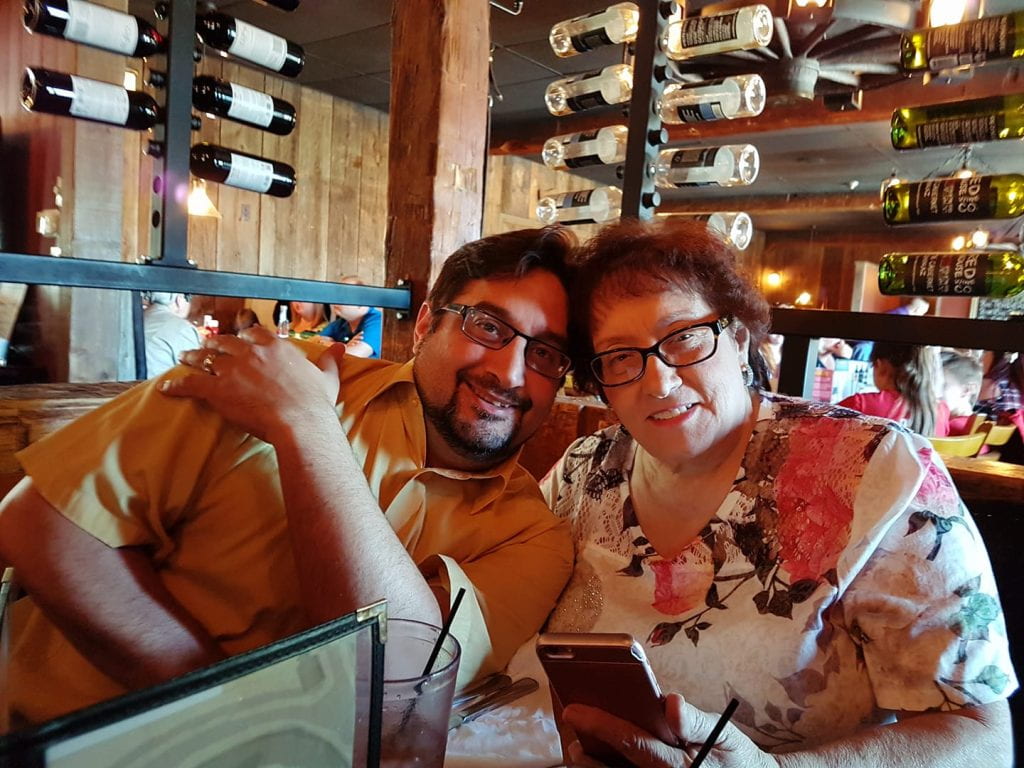
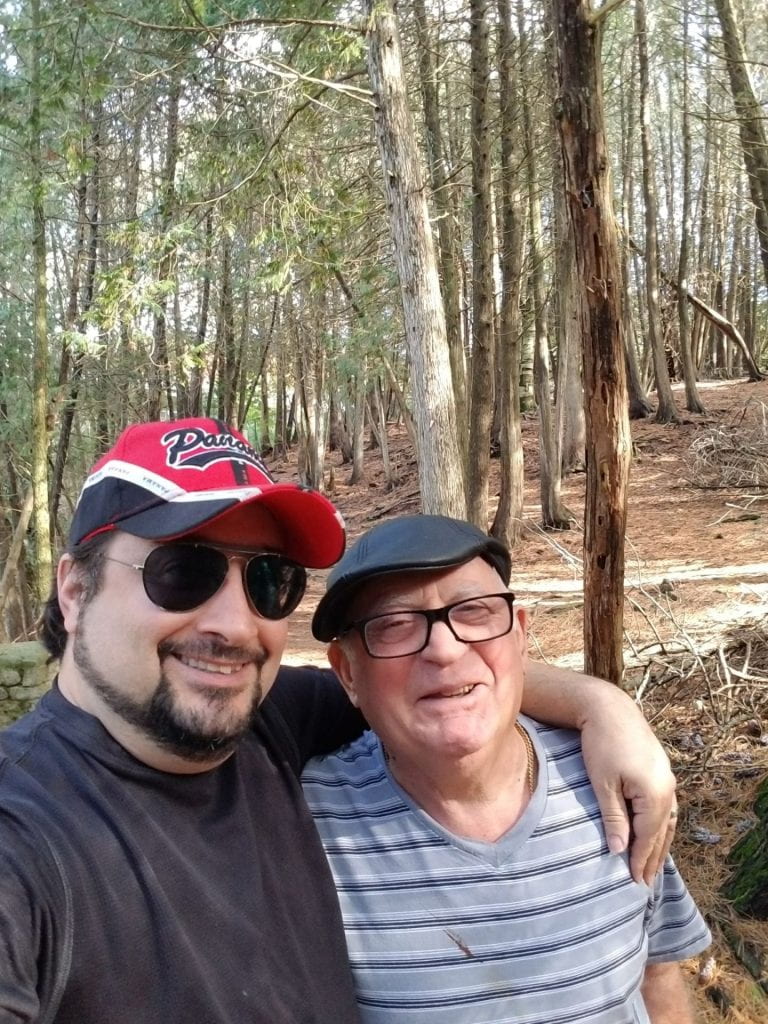
Bibliography
Hughes, Kelly. “Personal Interview of Maria Naccarato and Franco Naccarato: A Casa di Maria.” YouTube. 5 October 2023. https://youtu.be/4sAsyUYXgsU; access at Italian Communities in Canada: Heritage, Cultural and Ethnographic Studies as of December 2023, https://www.italianheritage.ca/2023/12/03/a-casa-di-maria-identifying-with-home-in-canada-and-italy/.
Hughes, Kelly. “Childhood Perspectives on Immigration and Italian Identity.” In Italian Communities in Canada: Heritage, Cultural and Ethnographic Studies, suprv. Teresa Russo. University of Guelph: 29 October 2023, Guelph (academic poster, https://www.italianheritage.ca/2023/12/03/a-casa-di-maria-identifying-with-home-in-canada-and-italy/).
How to cite this page
Hughes, Kelly. “A Casa Di Maria: Identifying with Home in Canada and Italy” In Italian Communities in Canada: Heritage, Cultural and Ethnographic Studies, suprv. Teresa Russo. University of Guelph, 10 November 2023, Guelph (https://www.italianheritage.ca/2023/12/03/a-casa-di-maria-identifying-with-home-in-canada-and-italy/). Italian-Canadian Narratives Showcase (ICNS), Sandra Parmegiani and Gurpreet Kaur.


